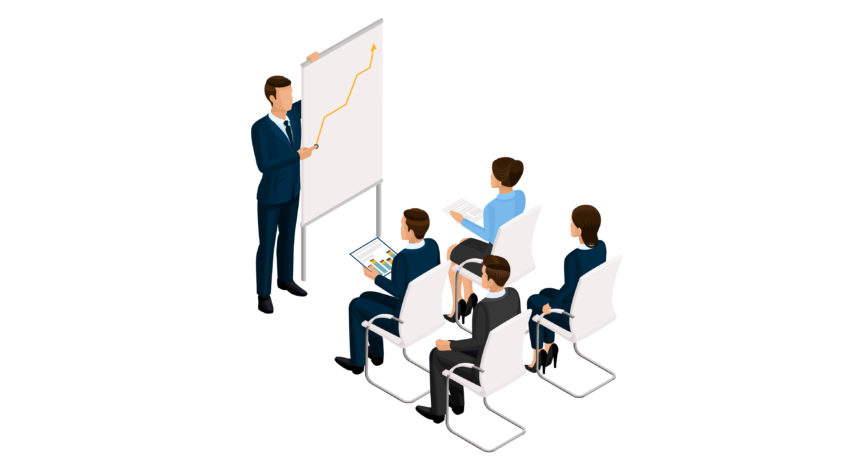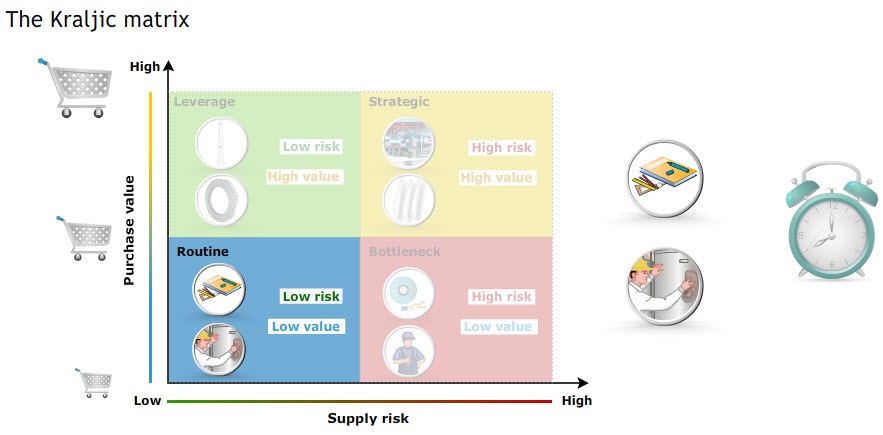Theory in Practice – An Experiential model for Procurement E-learning:
A three-part guide for procurement professionals and training-mangers to assess how an Experiential model for Procurement E-learning can be a productive part of their professional development.
Here in Part 1 we introduce some of the problems associated with e-learning, discuss how corporate professionals learn and propose our solution to E-learning.
1. Introduction
The advantages of E-Learning are so apparent that all companies will adopt E-Learning in future. Today the reality is that most e-learning is considered a bore’ and so it quickly falls into disuse and so it fails.
The problem with most learning is the delivery of too much, complex information to the learner. As a result, the working memory quickly gets overloaded and learning stops. Information overload occurs in all learning but especially E-Learning, as – in general, and unlike students – corporate learners will be exposed to the course only once. Most teaching does not take into account the way we learn, and so it often fails.
Our scenario-based animated courses are designed to overcome this problem. In these scenarios, participants follow competency-based activities and case studies based on different organizations and industries learning specific real-world aspects of procurement.
2. Learning by observing and doing
Typically corporate professionals come into the workplace after completing their formal education at a university, business school or college. From the point they enter the corporate world, most find they are responsible for their continuous professional development. Even when their organization provides access to learning opportunities, this is true. The reality for most is that the day job gets in the way of continued formal learning.
So how do most people learn while doing their day job? The answer is that they observe their peers and superiors and through a process of rationalizing, reject what doesn’t work for them and take on board what does work for them, and then put it into practice. In this way, we develop our real-life skills and get ready for our next promotion.
The downside of this approach is that organizations are dysfunctional, to various degrees. By this we mean that to differing levels in all organizations, issues such as weak governance, week processes, silo mentality and turf wars do not provide the basis of a good learning experience/role model – and so, bad habits are learned. The techniques adopted by the learner, therefore, will only be as effective as the environment in which acquired. We are, therefore, the sum of the experiences we have either been fortunate or unfortunate enough to have been exposed.
3. Theory in Practice – An Experiential Model of E-learning
We have introduced an experiential model for e-learning which encourages learners to (1) Observe, (2) Analyze, (3) Assess, and (4) Act. It seeks to draw on the strengths of learning by observing and doing – by creating a ‘best practice’ real life scenario for the learner to observe. Our model uses a combination of narrative and technology to support specific learning goals in real life situations that ‘dramatizes’ critical aspects of our curriculum. The benefits of our vocational model are:
- By creating a best practice environment to observe, we avoid the issues of dysfunctional organizations and ensure participant exposure to best practice, reinforced by the participant and spread across the organization.
- It is highly successful in engaging and keeping learners attentive, and so learning is increased.
The scenario framework helps the participant learn about a real-life procurement challenge or learning event in a fictional company, and observe how to manage it.
We have received excellent feedback and testimony from buyers.
In part 2 we will discuss how our model produces content that is both engaging and facilitates immediate understanding.
Learn more about our Procurement e-Learning


